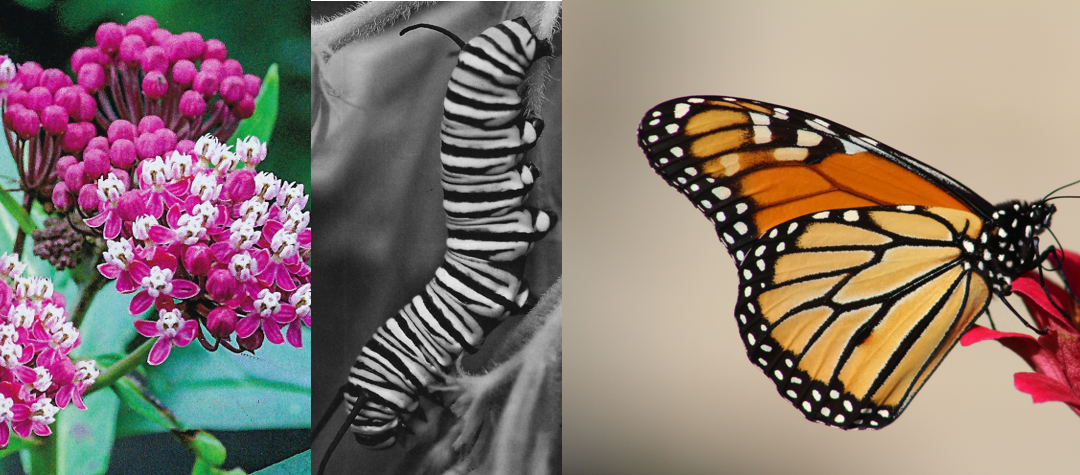After overwintering in Mexico, the number of Monarch butterflies dropped to the 2nd lowest level on record according to a current annual survey. Classified in the imperiled category of endangered, their status is now on a waiting list for Endangered Species.
While we can’t control drought conditions, we can help by planting Milkweed.
The hot, dry conditions in the United Stees and Canada plus urban development have reduces natural wildflowers including one we used to see all the time, milkweed.
No milkweed —no baby monarch caterpillars.
No baby monarch caterpillars — no adult butterflies.
The availability of milkweed is the only plant monarch caterpillars can eat and nectar from garden flowers feed the adult butterflies. So, milkweed is the key to the start of the monarch’s life cycle.
There is a bright side, according to monarch scientist, Dr. Davis. “Monarchs can rebound from almost nothing. Everything hinges on the availability of plants and resources in the spring.”
The goal to help save these beautiful butterflies — find/make a little space in your yard and begin a milkweed patch. They are weeds but have lovely flowers and are now available in many local garden centers or check online.
WARNING — make sure the plants you are buying are native and not nonnative tropical plants.
The is one “save endangered species” project we can do something about — this spring!

Recent Comments